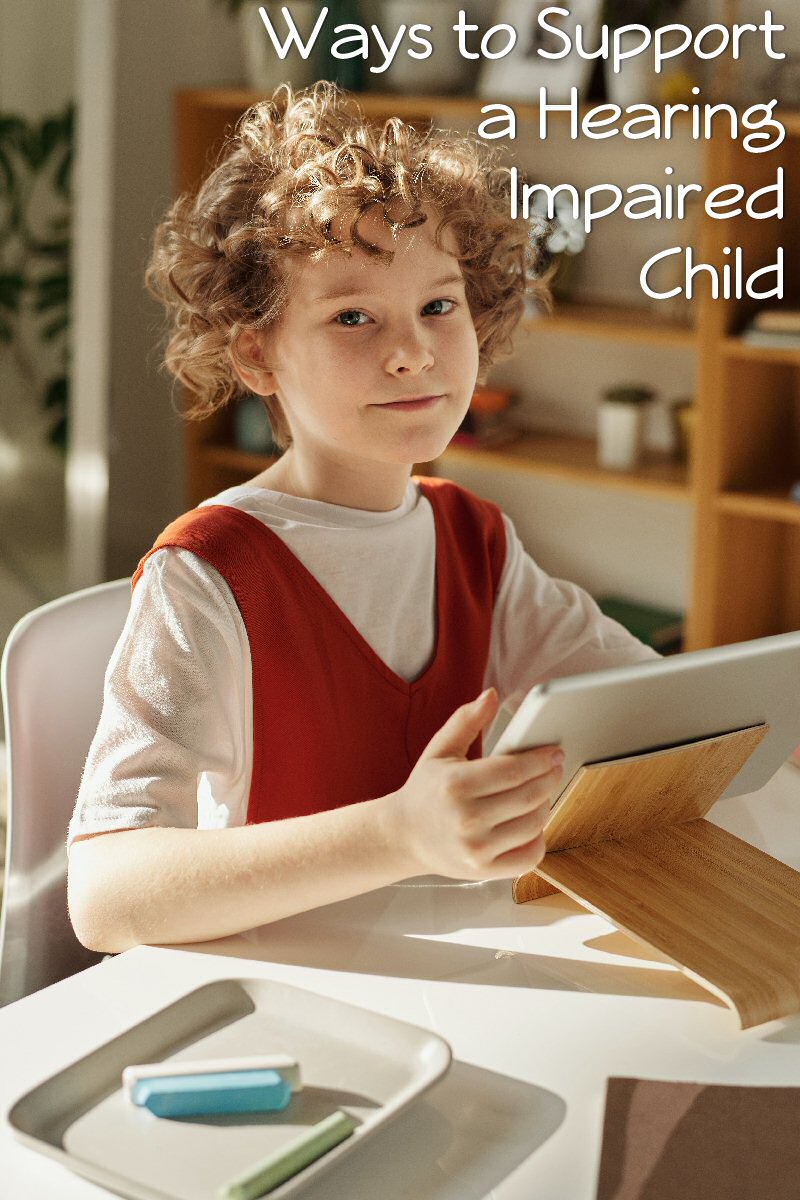Young people affected by hearing loss might worry about their ability to pursue a passion in life, but with the right support and technology, anything is possible.
Does your child suffer from hearing loss?
Sometimes hearing loss is congenital, due to unknown genetic factors. Sometimes it is acquired, caused by an infection or illness, such as meningitis, mumps, or Otitis Media.
This last cause is particularly common in children. It occurs due to a buildup of fluid in the eardrum following an infection. Otitis Media is usually a temporary condition but can cause some significant problems relating to language acquisition and speech patterns.
If your child has a hearing impairment you may be concerned about how they will integrate into their school environment and if they can pursue their interests and passions in the same way as their peers. It’s true that almost all hearing-impaired children need to work harder than their peers to achieve the same results; from the very start, they don’t absorb the same knowledge from the world around them.
While this might seem like a considerable disadvantage, it is not an impossible challenge. Below we look at some of the ways hearing impaired children can bridge the gap and achieve the same or better results in some subjects.
Classroom Setting
A child’s classroom set up can contribute significantly to the effectiveness of their learning in school. A right seating arrangement is important for acoustics, the assimilation of the subject through visual presentation, and full participation and engagement in the lesson. For this, a U-shape classroom is recommended, allowing all children to gain a comprehensive experience of the lesson material.
Language Learning
Hearing-impaired children have challenges when it comes to language acquisition. Depending on the hearing impairment, there are various strategies and technologies available to help bridge the gap. An excellent hearing aid might be enough to facilitate ordinary acquisition with mild and temporary forms of hearing impairment. For those with more severe conditions, lip-reading is a valuable skill. Children without any hearing can still read the sounds of letters and learn the sounds of words.
Hearing Technologies
A good hearing aid is often the first step in improving your child’s hearing, but there are many to choose from. The one you choose will depend on the severity of the impairment and other factors, such as aesthetic appeal.
Hearing aids can be useful for many people with hearing loss. Whether you have mild hearing loss or more severe hearing loss, hearing aids can help you in different ways. There are even modern digital hearing aids with settings that specialists can program to perfectly adapt to a user’s needs. They might be able to help you hear most noises around you, or they can give you enough assistance to make the world safer for you if you have more serious hearing loss.
In-the-ear hearing aids are very discrete. They are made using an exact mold of the ear canal and are available in a variety of skin tones. Another type is the receiver-in-the-ear device that provides the best sound quality. For more information on hearing technology for profound hearing loss, click here.

Professionals
It’s essential to work with a range of professionals who can support their specific requirements to give your child the best chance of bridging the gap and pursuing their dreams. A teacher of the deaf is highly qualified, they will not only teach using specific learning strategies but will be available for general advice and sensitive to your child’s needs. A speech and language therapist is also a good idea, if required, to assist with communication and integration.




